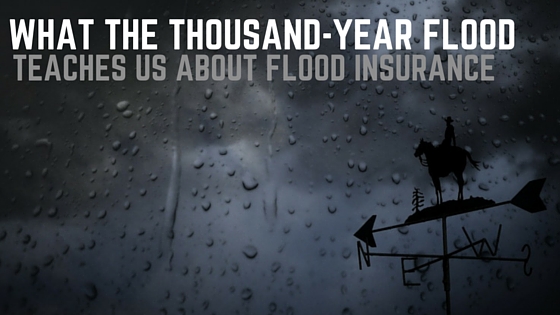What The Thousand-Year Flood Teaches Us About Flood Insurance

Anyone who isn’t living under a rock knows that a state of emergency has been declared across much of South Carolina due to extreme flooding.
The final cost of damage is going to be well above $1 billion, and most likely a multibillion economic cost. Most of that cost damage is uninsured.
South Carolina has nearly 2.2 million housing units, yet fewer than 200,000 flood insurance policies. This may be shocking, since South Carolina ranks as one of the most insured states in the program, but huge gaps still remain.
It may be too late for the homeowners already affected, but those who don’t have a flood insurance policy should take steps to learn what it can do for them and how to get it.
What you need to know about flood insurance
Homeowners and renters insurance policies do not cover flood damage.
- Federal flood insurance, purchased through your insurance agent or company, is the only guaranteed flood insurance coverage available for your home
- Flood insurance premiums average about $650 a year
- According to the federal flood program, the average flood claim from 2008 to 2012 was $42,000
FEMA disaster relief funds aren’t going to cut it.
- Federal disaster assistance is only available if thr President declares a disaster
- Forms of assistance include grants for temporary housing and home repairs, low-cost loans for uninsured property losses, etc.
- These forms of assistance are typically not enough to fully cover losses
- Flood insurance pays out even if a disaster is not declared
What else to consider when preparing for natural disasters
- Take inventory of your possessions so you’ll have an accurate record to rely on when making a claim. Check out Know Your Worth to find out how.
- Look into replacement-cost home insurance; it can help ensure you have enough coverage to rebuild your home if it’s destroyed
- Loss-of-use home insurance reimburses you for living expenses if you’re uprooted from your home following a disaster


